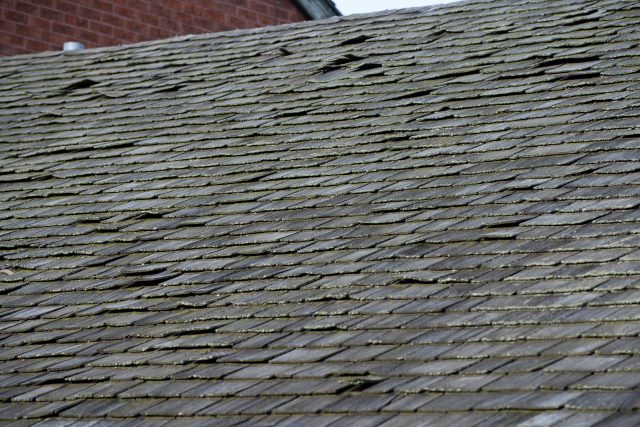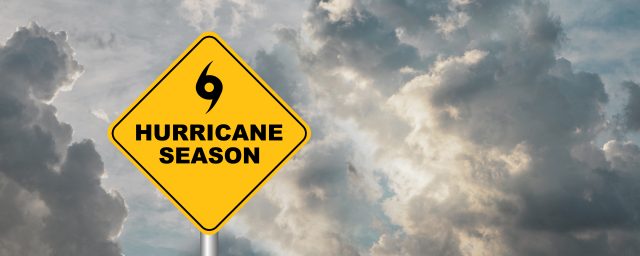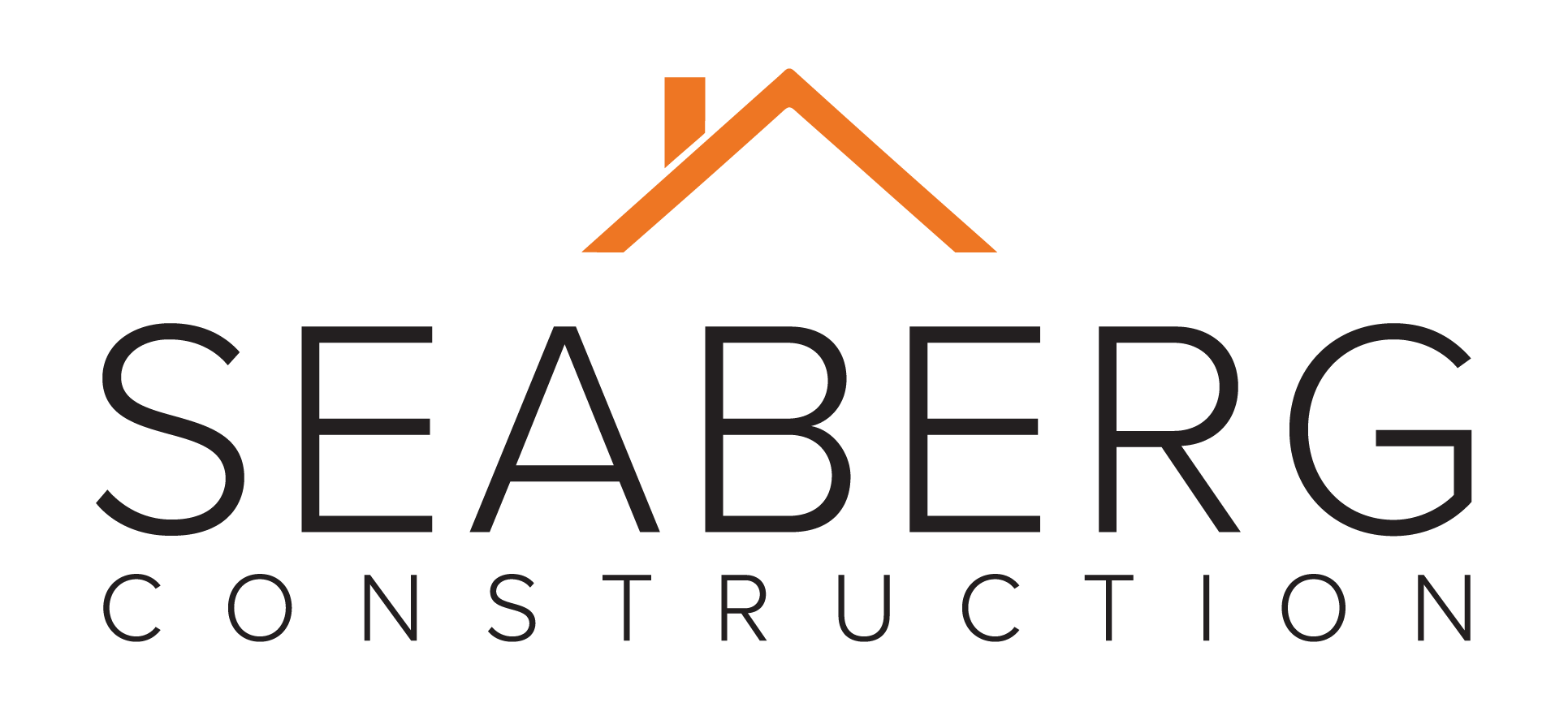Frequently Asked Questions About Homes After a Summer Storm
Rhode Island • Massachusetts • Connecticut
Strong summer storms—featuring heavy rain, gusty winds, hail, or coastal surge—can strike New England without warning, and roofs often bear the brunt. Below are key FAQs, backed by state and municipal guidance, to help homeowners in Rhode Island, Massachusetts, and Connecticut assess damage and act wisely.
1. What types of roof damage should I expect after a summer storm?
- Wind damage: High winds (often 50 mph or more in severe storms) can lift, crack, or dislodge shingles or roofing materials, exposing underlayment to moisture intrusion.
- Hail or debris impact: Hailstones or falling branches may dent, crack, or puncture shingles—even if damage isn’t obvious from the ground.
- Water infiltration: Water driven by wind or pooling due to clogged gutters can enter beneath shingles, leading to leaks, stains, or interior damage—even before visible symptoms appear.
2. What should I do immediately after a storm?
- Stay safe: Avoid walking on the roof. From the ground, use binoculars or take photos to check for visible damage.
- Document thoroughly: Photograph missing shingles, dents, granules in gutters, interior stains, and any debris.
- Contain further damage: If leaks are apparent and safe to do so, cover the affected portion temporarily—but only after confirming with your insurer that emergency fixes are acceptable.
While homeowner insurance procedures vary, state guidance often encourages prompt documentation and safe temporary measures.

3. Can I inspect the roof myself—or should I call for a professional evaluation?
- Basic inspection from the ground is reasonable using photos or binoculars: look for missing or damaged shingles, dented metal flashing, or debris.
- Professional assessment may be necessary if damage is extensive or subtle (e.g., hidden hail damage, lifted flashing).
Inspection guidance from municipalities across the region emphasize safety and documentation—but defer to professionals for anything beyond simple visual checks.
4. Will homeowner’s insurance cover storm damage to my roof?
- In Massachusetts, most standard homeowner policies include coverage for wind and hail damage, unless specifically excluded. Policy details—such as deductibles or coverage limits—determine reimbursement eligibility (tricountychamberma.org).
- While Rhode Island or Connecticut-specific official guidance is less accessible, standard insurance industry practice typically aligns: wind and hail are covered per policy terms, while cosmetic or age-related degradation may be excluded.
What to do:
- Contact your insurer promptly after the storm.
- Provide photo and video documentation.
- If safe and allowed, perform temporary repairs like tarping—keeping receipts and noting insurer permission.
- Ask if a licensed roofing professional may accompany the insurance adjuster to help document all damage.

5. Are there state or local building code rules to be aware of when repairing or replacing a roof?
Yes—building codes vary by state and local flood-zone status:
- Massachusetts enforces 780 CMR 120.G, which regulates construction in coastal flood zones (A and V zones). Repairs or replacements in these zones may require compliance with special flood-resistant building requirements, and permits may be required prior to work (Massachusetts Government).
- Connecticut follows the Connecticut State Building Code (CSBC), which includes permitting rules for roof replacement and ensures safe installation to resist wind and water intrusion under structural codes (myroofhub.com).
- Rhode Island municipalities operate under statewide hazard mitigation plans; coastal towns often require permitting for major roof repairs or reconstruction, especially in regulated coastal or flood hazard zones .
Before major repairs or replacement, always check with your town or city building department.

6. How often should roofs be inspected in RI, MA, and CT?
Reliable general guidance indicates:
- At minimum, annual roof inspections are advisable, even in the absence of storms.
- Immediately after major storms, inspect or have your roof assessed to catch damage early.
Proactive inspection is encouraged in hazard mitigation documents across Rhode Island, which emphasize resilience in the face of more frequent extreme precipitation events (Rhode Island Department of Health).
7. When should I consider a full roof replacement?
Replacement is generally warranted when:
- The roof is reaching the end of its expected lifespan (e.g. asphalt shingles older than ~25 years under New England weather).
- You observe widespread damage—such as curling shingles, large-scale missing granules, or recurring leaks.
While neutral sources from contractors detail lifespans in various climates, official guidance such as coastal property resilience recommendations underline the value of replacing failing roofs to reduce storm vulnerability by up to half (seagrant.gso.uri.edu).
8. How can I minimize future storm-related roof damage?
Advised mitigation actions include:
- Maintain proper drainage: clean gutters and downspouts regularly to prevent pooling and ice backup in winter.
- Ensure proper ventilation: follow state code guidelines (e.g., Massachusetts 780 CMR requirements for roof ventilation and wind resistance) to manage moisture in the attic and reduce material degradation (warwickri.gov, Massachusetts Government).
- Know your flood zone: if you live in a coastal A‑ or V‑zone, special building code requirements apply for resilience against storms (see Massachusetts Appendix G) (Massachusetts Government).
- Stay informed: review your town or city’s hazard mitigation plans (e.g. Providence or Warwick RI) for local strategies and guidance on building resilience.

📋 Summary Table: Frequently Asked Questions
| Question | Answer (Summary) |
|---|---|
| 1. What damage to look for? | Wind-lifted, missing, dented or punctured shingles; water stains; debris |
| 2. First steps after storm? | Stay safe, document thoroughly, consider temporary protection if safe |
| 3. DIY vs professional inspection? | Do basic visual from ground; hire pro for hidden or extensive damage |
| 4. Insurance coverage? | Wind/hail usually covered; document and submit promptly |
| 5. Permit and code triggers? | MA coastal zones require flood-code compliance; CT and RI require permits based on local code |
| 6. How often inspect? | At least annually and after major storms |
| 7. Roof replacement timing? | Roof age ~25 years, widespread visible damage, frequent leaks |
| 8. Preventive steps? | Clean gutters, proper ventilation, know flood zone building rules |
🏠 Why This Matters Specifically in RI, MA & CT
These states face increasing precipitation intensity and coastal exposure—a combination prone to elevating roof storm damage risk. Rhode Island has seen a 76% increase in heavy downpours since the 1950s—among the highest in the U.S. (tricountychamberma.org, nae.usace.army.mil, Rhode Island Department of Health). Municipal hazard-mitigation plans strongly encourage preparing roofs for higher storm resilience, including maintenance, permissible temporary repairs, and compliance with wind- and water-resistance building codes.
Final Takeaways
- Don’t climb a damaged roof—stay grounded and safe.
- Document everything in photos or video, both outside and inside the home.
- Act promptly—schedule a thorough inspection, especially if damage seems likely.
- Understand your policy—wind and hail are usually covered, but only if filed promptly with good documentation.
- Know local rules and building codes, especially in coastal or flood-prone areas.
- Maintain your roof year‑round to extend its lifespan and storm resilience.
If you’d like help locating official building department contacts, flood-zone maps for your specific town, or guidance on what qualifies as permissible emergency repair in your area—just say the word.
To obtain your complimentary estimate from Seaberg Construction, please complete the form available on our website: https://seabergconstruction.com/about-us-roofing-company/contact-us/

Read Seaberg Construction’s Google reviews left by homeowners like yourself: https://tinyurl.com/kkxwhx8k
Follow us on Facebook: www.facebook.com/seabergconstruction and Instagram: www.instagram.com/seabergconstruction to stay up-to-date with our current projects and news.
To obtain your complimentary estimate from Seaberg Construction, please complete the form available on our website: https://seabergconstruction.com/about-us-roofing-company/contact-us/
And, don’t forget to read our other blog posts for more home improvement tips and ideas: http://seabergconstruction.com/home-owners-information-center/

